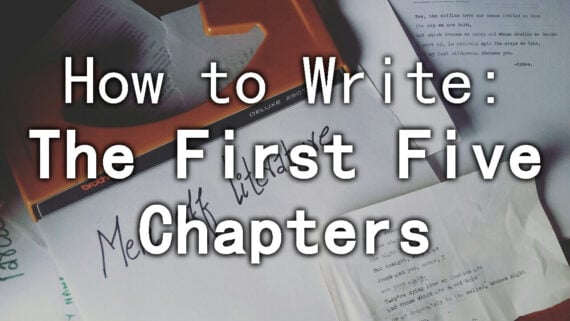How To Write: The First Five Chapters
When you send a submission, different publishers ask for different things. However, it will usually be at least the first 10,000 words, which should be your first 3-5 chapters. This is what the editor will read and what they will use to decide if your book is any good, and then decide if they want…
